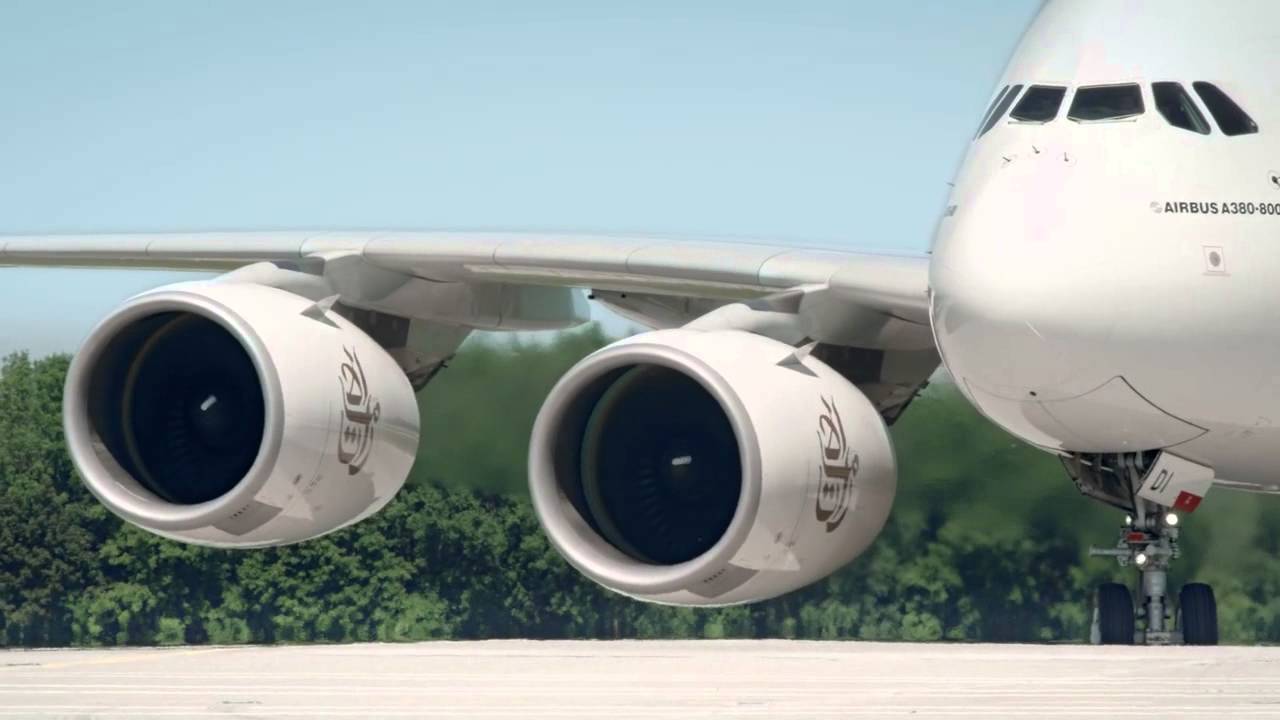The aircraft engine mounts are responsible for connecting the engine to the fuselage or the main body of the aircraft. The engine mounts are one of the fundamental parts of an aircraft that support the engine and contribute to the aircraft's smooth flying.
Besides the main purpose of engine mounts they can also fulfill two basic requirements:
- Distribution of engine’s weight.
- Diffusion of vibration and torque it generates.
Aircraft Engine mounts are made from tubular steel chrome-molybdenum welded efficiently to make a robust yet lightweight structure. Most commonly engine mounts are designed in the shape of a web or a bolster that can keep the engine stable and Engine mounts are often made in the style of a web or bolster to help keep the engine stable and reduce vibrations while it is running.
The modern engine mounts are also designed to control the engine's increasing vibration, noise, and motion. Therefore they can minimize the noise disruption to continue a smooth flight operation.
This article focuses on the fundamental types of engine mounts and the characteristics that set them apart from one another. If you are looking for high-quality engine mounts you can reach an expert aviation welding specialist and choose the most suitable engine mount for your aircraft.
Conical Engine Mount
The conical engine mount is the most fundamental type due to its simplest structure which is easy to install and requires very less maintenance. The conical engine mount contains four points to connect it with the firewall section. Additionally, a lot of open space is left between the rods to make it easier to service or access the parts of the engine.
Generally, conical engine mounts are used in traditional aircraft and lightweight planes. Moreover, due to their compatibility with maintenance and repair methods, they are also utilized in passenger air crafts.
A major downside as compared to other forms of engine mounts is that this sort of mount may also transfer weight to the airframe and is inefficient at dispersing engine torque and vibration.
Dynafocal Engine Mount
This kind of engine mount is stronger than conical engine mounts since it is primarily made to operate on the special mounting points of the aircraft. Additionally, they are not only capable of adjusting the flow form of torque. but also do a better job of reducing engine vibration.
The dynafocal engine mounts, on the other hand, are constructed in the shape of a ring; nevertheless, because of the intricate structure, they are less suitable for use in commercial aircraft and more difficult to repair and maintain.
Bed Mount
Bed mounts are famous for their structural stability and improved connection. This type provides better support to the engine because they are shaped in a bed-like structure that mounts the engine with the help of four fastening points and gives support to the engine from underneath.
Along with that, the engine mount is stored under a crankcase placed beneath the firewall.
Basic Features Of Aircraft Engine Mounts
Engine Mount Color
The engine mount is typically painted in light and bright colours most probably white and silver to make it easier to detect the cracks and corrosion on its surface. However, the engine mount is the basic component that keeps the engine connected with the aircraft. Thus should be maintained and investigated regularly so it can resist adverse conditions.
Material
The engine mount has to give strong support to the engine. So it should be built using durable material to avoid bends and breakage. Therefore, engine mounts are built using various materials such as nickel-based alloy, titanium alloy, and high steel alloys.
High-Temperature Resistance
Due to excessive exertion, the engine produces a lot of heat. Engine mounts must have extraordinary pressure toughness since they are directly attached to the engine, where the temperature might rise to 5000C during a flight. Therefore they must be able to withstand the high temperature without being destroyed.
Structure
The structure of an engine mount can highly affect its operation. The engine mount should be designed in a shape that is easy to maintain, fit in the location, and provide perfect support to the engine.
Moreover, it is also important to select the correct size of the engine mount according to the engine size.
Final Words
Nowadays, the aircraft market is expanding due to increases in air traffic and advancements in aircraft technology, due to which the demand for aircraft parts is increasing. Moreover, it is mandatory to ensure safe flight systems for the passengers and aircraft crew.





